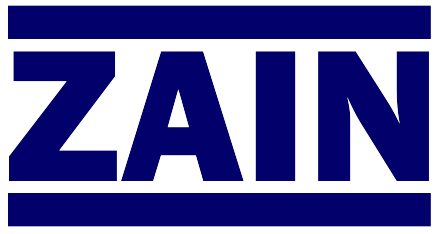Blending of Low-Viscosity Liquids With Side-Entering Mixers
Authors:
J. Y. Oldshue
H. E. Hirschland
A. T. Gretton
This study investigates the blending of low-viscosity liquids in large storage tanks using side-entering propeller-type mixers, focusing on how stratified layers mix under various conditions. Experiments demonstrated that larger impeller-to-tank diameter ratios improve blending efficiency, with power input and mixer positioning significantly influencing blending time. Results show that blending time is inversely proportional to power and that optimal mixing occurs when the mixer is angled 7°–10° from the tank diameter.
Key Learnings
- Larger impeller-to-tank diameter ratios (D/T) result in faster and more efficient blending for the same power input.
- Blending time is inversely proportional to the power supplied to the mixer—higher power reduces blending time.
- The most effective mixer positioning is a 7°–10° angle from the tank diameter, providing optimal flow and mixing.
- Density differences between stratified liquid layers significantly affect blending time, increasing roughly with the 0.9 power of the density difference.
- Larger impellers operating at lower speeds provide better mixing with less energy loss due to increased flow capacity.
- Stratified blending primarily progresses by erosion of the interface between layers until uniformity is achieved.
- Temperature measurement using thermocouples is an effective method for monitoring blending progress and uniformity.
- Experimental results confirm that complete blending can be achieved even at low power levels over longer durations.
If you can’t see the PDF, click "Open in new tab".

